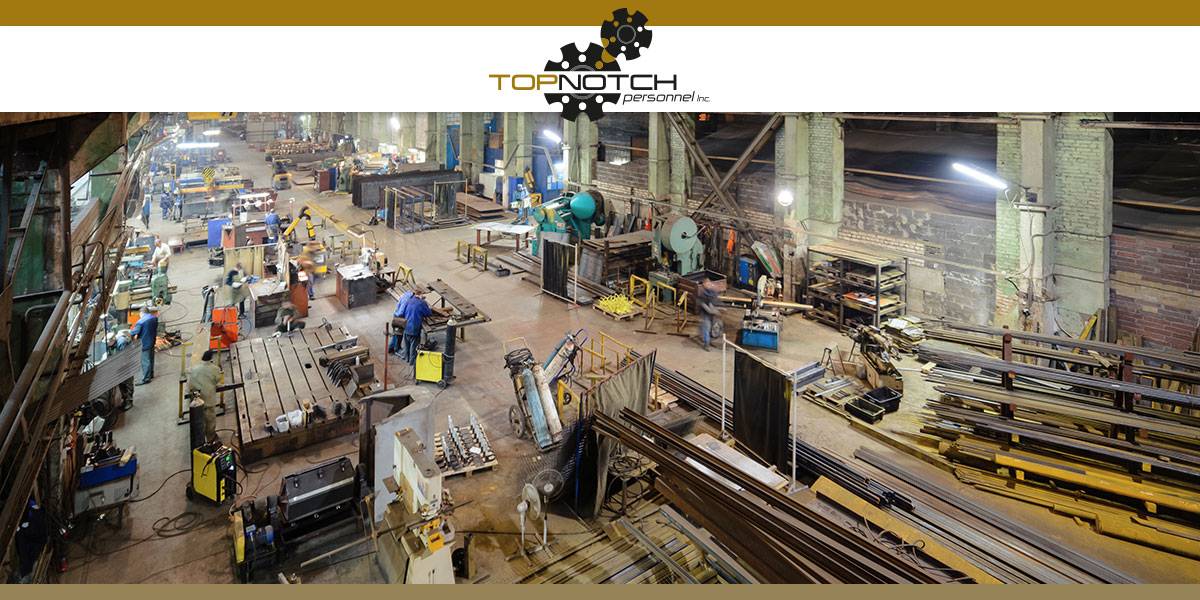In today’s business world, communicating has never been easier thanks to the prevalence of smartphones, email, text messaging, and other digital media. Online messages render problems associated with time and distance obsolete, making business organizations more efficient in disseminating information and receiving feedback.
But for many facilities that cater to production and assembly processes, optimizing operations and making it nimbler is still a challenge. This is a problem that shop floor management seeks to address. Shop floor management, which takes its principles from activities on the shop floor, revolves around the idea that improvements in workflow and decision-making begin in this space.
Below are 3 examples of shop floor management techniques you can apply to your own organization or facility today.
Know Your Operating Expenses
Many managers and business owners often make the mistake of thinking that all they need to know about their operating expenses can be found in their monthly income statement. But that’s just scratching the surface.
If you want to improve floor operations, you need to know and understand each process that generates revenue, as well as those that don’t. To do this, you need to zero in on the cost-per-hour of each department or work center in your organization. This will often involve looking at the following variables:
- Labor costs based on employee hourly rate
- Labor costs based on benefits, vacation time, taxes
- Manufacturing costs based on running and maintaining machines
- General, administrative, and selling costs
- Raw material costs
By understanding these variables, you can develop an accurate picture of the jobs and processes that waste money, while at the same time, point out those that can generate more revenue.
Recognize Your Customers
Your customers ultimately decide the health of your business, which is why it’s imperative that you build great relationships with them. But just because you’re not receiving any complaints, doesn’t mean your customers are satisfied with your product/service.
Developing good customer relations is a proactive and continual effort. You need to go out of your way to reach out to customers and see how they affect your business. Oftentimes, great customer relations can be improved with open communication and having the right systems to support this.
Start by asking these questions:
- Are my customers facing any challenges associated with your business?
- Are there any opportunities to capture more leads and customers?
- Which product/service do my customers prefer the most?
Recognize that Quality Is Not a Differentiator
Many small business owners and managers believe that quality work is what sets them apart from the competition. While this may have been true then, today’s customers don’t see quality as a differentiator — they expect it from you.
This means that customer satisfaction won’t necessarily increase by delivering quality products and services. If you want to be competitive, the shop floor has to have a system for managing quality and finding ways to continually innovate.
Get more workforce management insights and tips by following this blog. If you need help finding top-notch talent, let the staffing services providers of Top Notch Personnel connect you with our pool of candidates.


